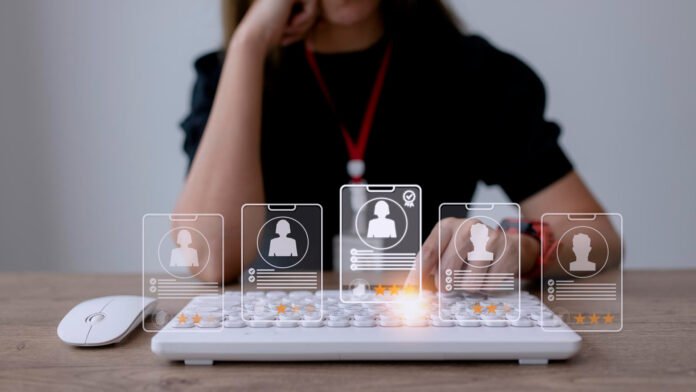In boardrooms across the globe, one persistent question resounds: Is dated attendance management still up to speed in the modern changing workplace? The quick response—no. The revolution towards hybrid, combined with increasing calls for flexibility and openness, has revealed the expanding fissures in legacy attendance tools. Legacy systems are unable to provide real-time visibility, tending to overlook vital subtleties of contemporary workforce responsibility.
A 2024 Forbes article found that 49% of companies cited manual tracking as a significant impediment to operational effectiveness. In a world where companies cross time zones and workdays blur, tracking employee attendance using traditional methods seems more and more antiquated. The problem is not operational—it’s strategic. Leadership groups now look for solutions that transcend compliance, redefining attendance as a foundation of workforce strategy.
1. Redefining Visibility and Trust in the Workplace
Come the dawn of the new generation of next-generation solutions for staff attendance. Next-generation solutions to employee attendance these cutting-edge attendance tracking tools employ biometrics, geofencing, AI insights, and real-time dashboards to provide never-before accuracy and transparency. Face recognition technology confirms employee presence in a secure manner, and geofencing enables location-independent validation of attendance, filling the void between office, remote, and field workers.
But actual change is in the transition from enforcement to empowerment. Contemporary attendance solutions are no longer solely monitoring tools—they actually promote workforce responsibility. Open systems produce mutual trust, enabling employees to self-regulate with transparency while providing leaders with concrete data in their hands.
Take the example of a Fortune 500 manufacturing company that, through the adoption of next-gen attendance solutions, cut absenteeism by 37% in one quarter. Real-time notifications and predictive analytics enabled managers to tackle absenteeism before it became a problem, enhancing overall productivity and morale.
In the future, we will witness more organizations integrate these systems as the core of their employee experience strategies, rather than mere compliance checklists.
2. Moving Beyond Compliance to Strategic Workforce Insights
Employee attendance systems have long been too narrow in their focus on regulatory compliance. But 2025 is a turning point. Attendance data is quickly becoming a strategic asset, providing insights far beyond timekeeping. When combined with workforce solutions, these sophisticated platforms reveal patterns in productivity, engagement, and even burnout risk.
According to Gartner, by the year 2025, over 60% of companies will be using AI-based workforce solutions to derive predictive insights from attendance and performance data. This transformation enables leaders to make more informed decisions on staffing models, automate workflows, and accurately predict labor demands.
Shifting workforce accountability systems also opens the door to a more resilient and adaptive organization. Leaders can foresee staffing bottlenecks, align resources in real time, and foster an accountability environment that empowers employees at all levels.
3. What C-Suite Leaders Need to Prioritize Now
While these technologies are developing, the C-suite execs have daunting decisions to make. No longer is the question whether or not they will use next-gen attendance solutions, but how quickly they can implement them to remain competitive.
For starters, alignment with the overall workforce strategy is key. Attendance systems have to be seamless integrations within larger HR ecosystems, so that data flows without interruption between systems for an unbroken view of the workforce.
Second, innovators must balance trust with innovation. Open communication regarding attendance data use will be critical to employee engagement and confidence.
Last, future-proofing is not optional. With ongoing advances in AI and data analysis, today’s systems need to be scalable to meet tomorrow’s needs.
The Future Is Already Here
Shifting attendance and workforce accountability is not a concept of the future, though it is already in motion. What was once a back-of-the-office administrative chore has now become a strategic performance driver for resilience and growth. With next-gen solutions for employee attendance today, visionary leaders prepare their companies for the future that will be characterized by agility and trust.
In the high-stakes world of 2025 and beyond, companies that view attendance management as a strategic pillar and not a compliance requirement will be the ones to watch. The message is unmistakable: the future of workforce accountability is now, and it is intelligent, integrated, and indispensable.
Explore Hrtech Articles for the latest Tech Trends in Human Resources Technology












